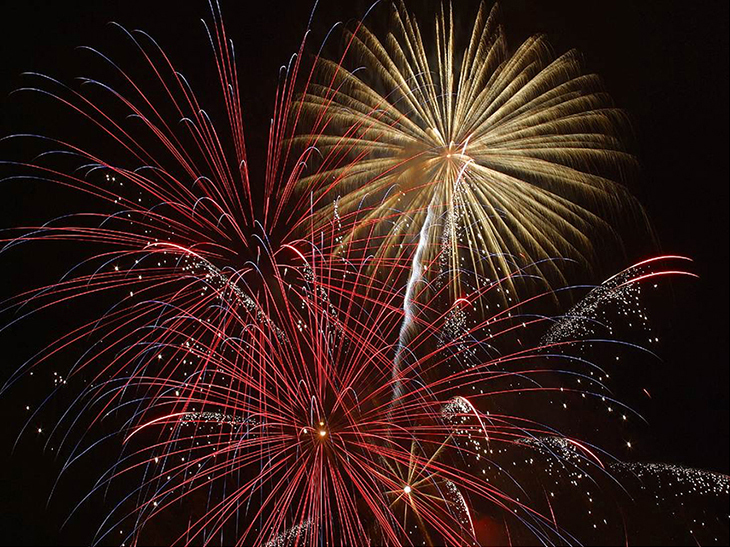| << Chapter < Page | Chapter >> Page > |
Suppose you have N objects with masses and initial velocities . The center of mass of the objects is
Its velocity is
and thus the initial momentum of the center of mass is
After these masses move and interact with each other, the momentum of the center of mass is
But conservation of momentum tells us that the right-hand side of both equations must be equal, which says
This result implies that conservation of momentum is expressed in terms of the center of mass of the system. Notice that as an object moves through space with no net external force acting on it, an individual particle of the object may accelerate in various directions, with various magnitudes, depending on the net internal force acting on that object at any time. (Remember, it is only the vector sum of all the internal forces that vanishes, not the internal force on a single particle.) Thus, such a particle’s momentum will not be constant—but the momentum of the entire extended object will be, in accord with [link] .
[link] implies another important result: Since M represents the mass of the entire system of particles, it is necessarily constant. (If it isn’t, we don’t have a closed system, so we can’t expect the system’s momentum to be conserved.) As a result, [link] implies that, for a closed system,
That is to say, in the absence of an external force , the velocity of the center of mass never changes .
You might be tempted to shrug and say, “Well yes, that’s just Newton’s first law,” but remember that Newton’s first law discusses the constant velocity of a particle, whereas [link] applies to the center of mass of a (possibly vast) collection of interacting particles, and that there may not be any particle at the center of mass at all! So, this really is a remarkable result.

The picture shows radial symmetry about the central points of the explosions; this suggests the idea of center of mass. We can also see the parabolic motion of the glowing particles; this brings to mind projectile motion ideas.

Notification Switch
Would you like to follow the 'University physics volume 1' conversation and receive update notifications?